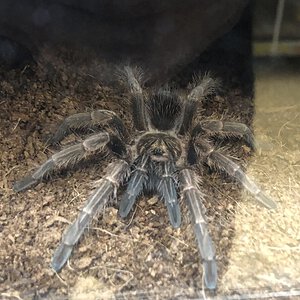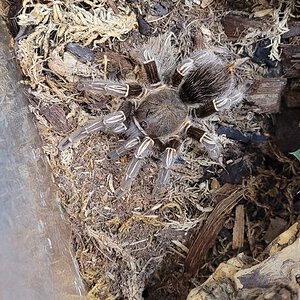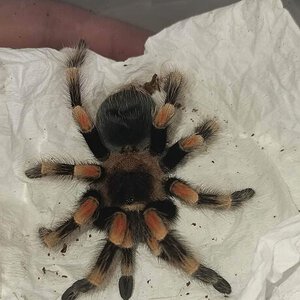Media information
- Category
- Tarantula Identification
- Added by
- TabbyCat
- Date added
- View count
- 399
- Comment count
- 3
- Rating
- 0.00 star(s) 0 ratings
Image metadata
- Device
- Apple iPhone 11
- Aperture
- ƒ/1.8
- Focal length
- 4.3 mm
- Exposure time
- 1/33
- ISO
- 400
- Flash
- Off, did not fire
- Filename
- IMG_2430.jpeg
- File size
- 1.9 MB
- Date taken
- Sat, 03 February 2024 10:50 AM
- Dimensions
- 4032px x 3024px







